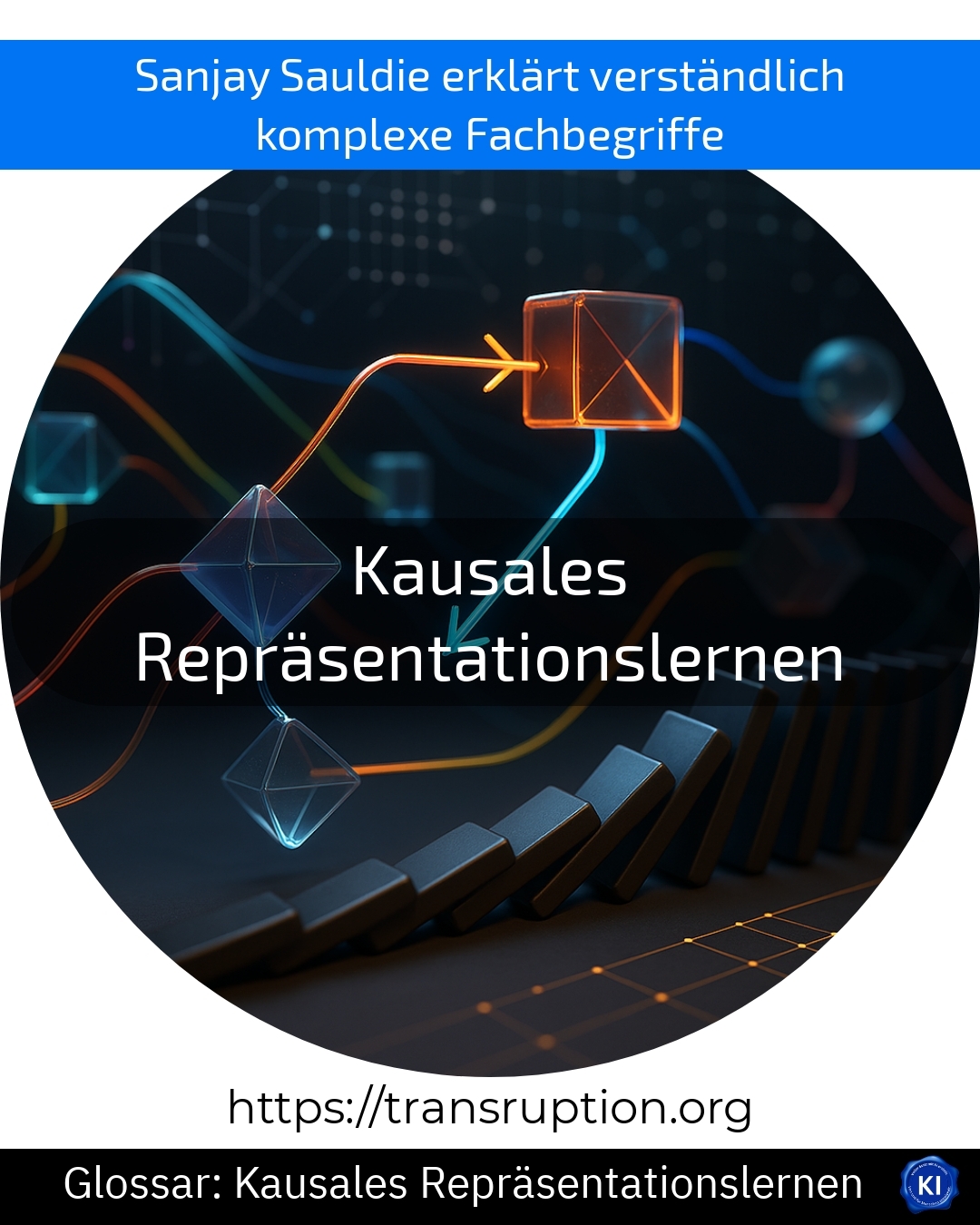Causal representation learning is a term from artificial intelligence and is primarily used in the areas of big data, smart data and digital transformation. It describes methods that enable machines not only to find correlations in data, but also to understand what is actually a cause and what is a consequence.
This is important because classic AI models usually only recognise patterns without "understanding" why things happen. Causal representation learning therefore helps computers to see the world as we humans do: they can not only recognise that two things often occur together, but also which event influences the other.
A simple example: Suppose you use an AI system in a factory to recognise sources of error. A normal system might recognise that machine faults always occur when the temperature and humidity rise. With causal representation learning, however, the system also analyses whether the increased humidity is actually the cause of the error - or whether the two are only coincidentally related.
This enables companies to take more targeted measures, solve problems faster and make more informed decisions. Causal representation learning takes artificial intelligence to a new level and brings real added value.















